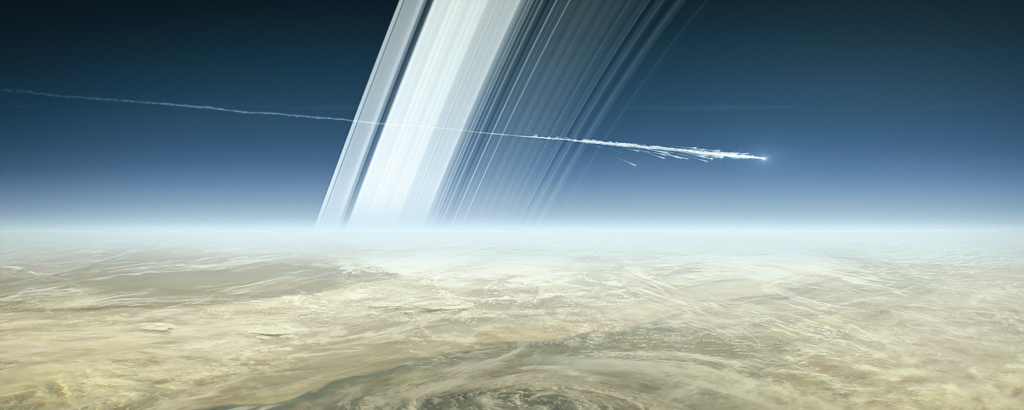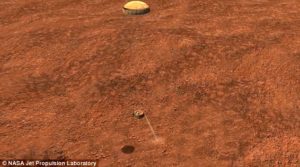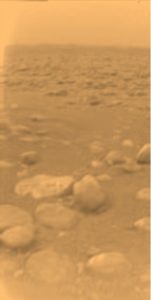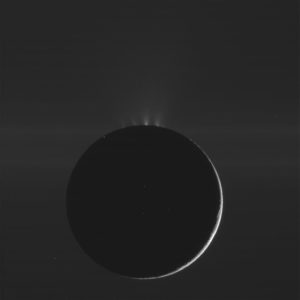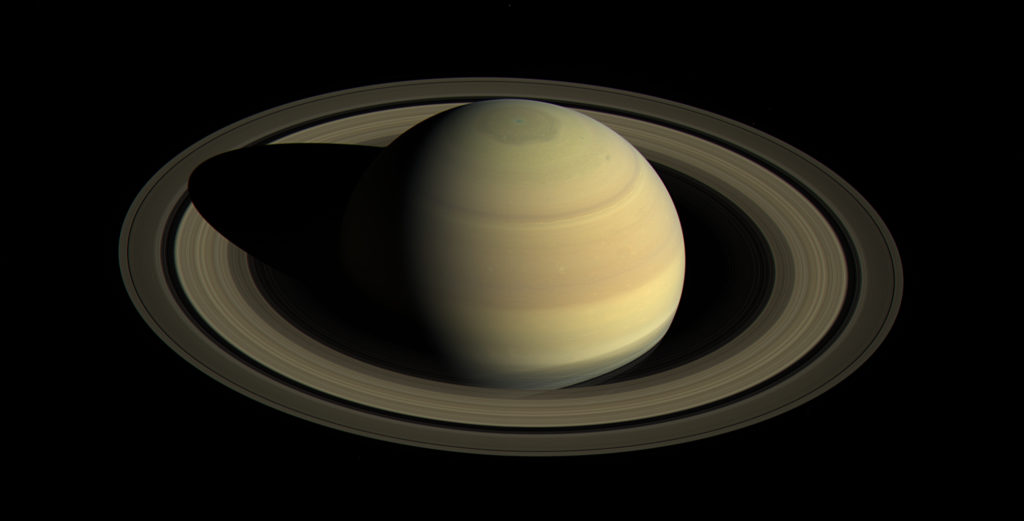Sep 152017
This morning the Cassini spacecraft entered the atmosphere of Saturn and ultimately became part of the planet it was sent to study.
The spacecraft entered orbit around Saturn on the 1st of July 2004 after a six year trip to the planet. It has been studying Saturn and its rings and moons since that time. One of the first things the spacecraft did was to deploy the Huygens probe toward Saturn’s largest moon, Titan. The probe became the first lander on a solar system moon other than our own.
There are too many discoveries over the 13 years Cassini spent in the Saturnian system to list. Probably the most surprising was the discovery of geysers erupting from the southern pole of the ice covered moon Enceladus.
Subsequent study has revealed the material being ejected from the moon to be salty water carrying organic molecules. This implies the conditions necessary for life exists in the outer solar system in a place scientists never expected.
In addition to the scientific discoveries is the vast archive of images that Cassini took. The beauty of the planet and rings was worth the investment.
To the entire Cassini/Huygens team, thank you. Well done.
